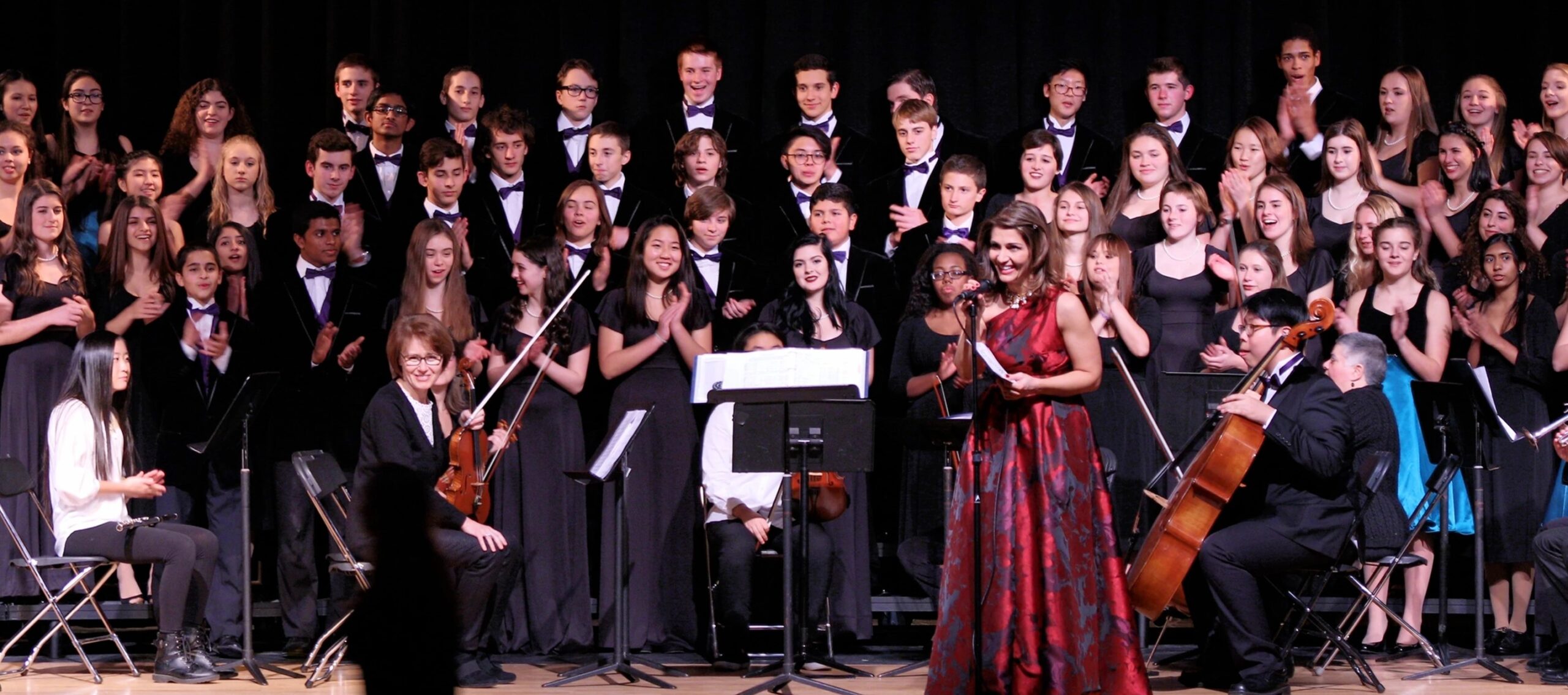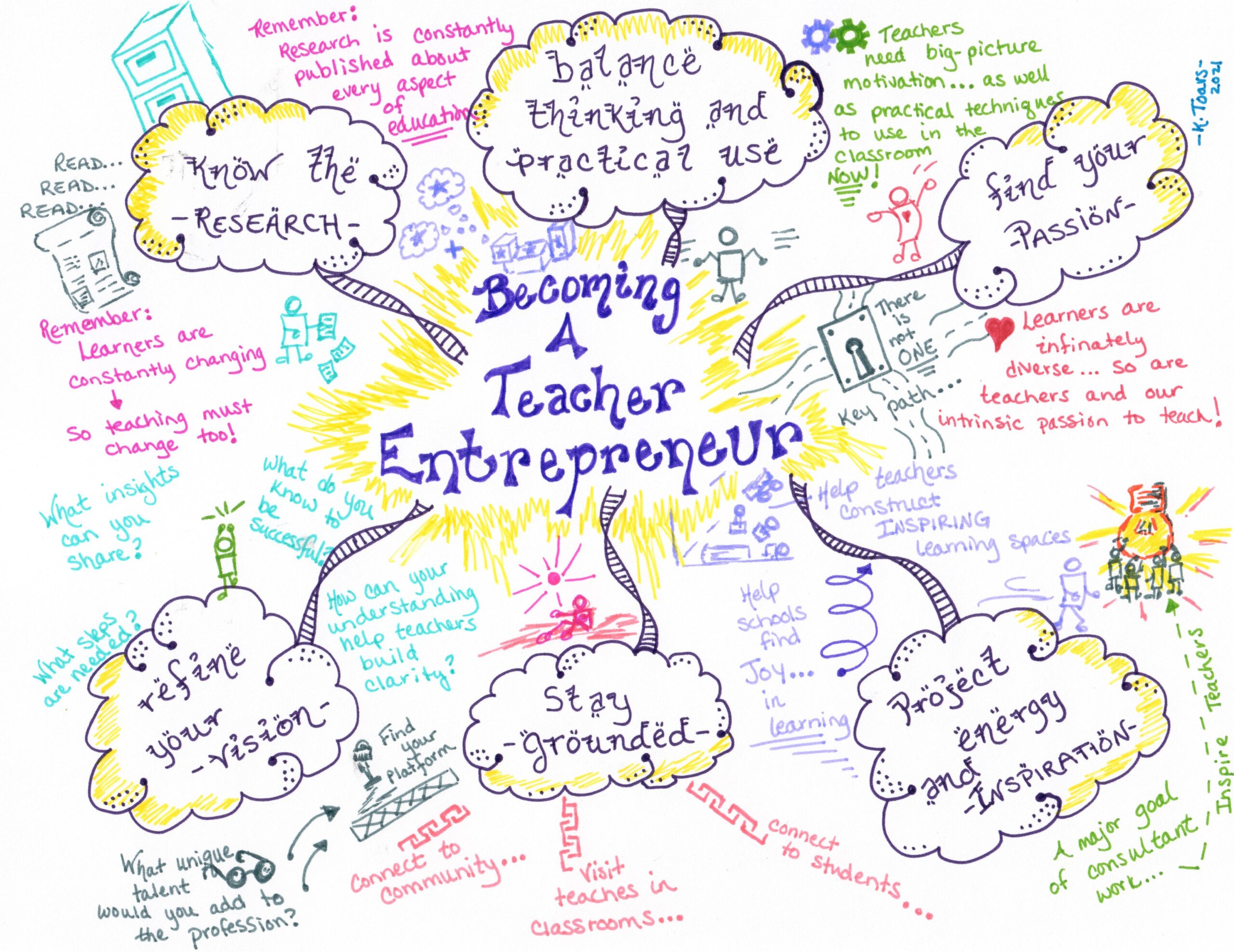At a young age, I became conscious of issues of equity. My family emigrated from El Salvador, a country that was torn by a civil war caused by inequities in its government’s system, in 1981. Being Latina and going through the U.S. public educational system in three different states allowed me to experience firsthand how issues of equity impact students across all contexts. With our family’s moves, I went from attending a school that was predominantly comprised of students of color, to a school with mostly white and Latinx students, to a predominantly white high school.
Little did I know at the age of five, that a decade would pass between the only two times I learned from a teacher who looked like me. My kindergarten teacher, Mr. Hernández would be the only Latinx teacher I would have until my sophomore year of high school when I had Señor Furio as my Spanish IV teacher. Not having many teachers who looked like more like me, or knew much about my culture, has shaped me as a teacher.
Reflecting on the lack of teachers of color in my own educational experience reaffirmed my desire to pursue a career in education. It’s no secret that the U.S. teaching profession is mostly made up of white teachers and doesn’t accurately reflect the diversity of our students. In Wisconsin, the disproportionality is huge, with 91% of teachers being white, despite only 70% of students being white. Having teachers of color can profoundly impact both students of color and white students, helping to reduce racism and dispel deeply maintained stereotypes.
Growing up, I often heard of the high dropout rates of Latinx students. By being a part of the Latinx community, I was confident that I could leverage my cultural background to build strong relationships with students and families. While all families are unique, and my Latinx experience does not represent all experiences, many cultural aspects have impacted my teaching and have served as a bridge in relationship building.
An essential component that has been instrumental in my ability to communicate with families and students is being a native Spanish speaker. I want students to see the beauty of being bilingual. Far too often, multilingual students have been told to only speak English. Yet, many people wish they could speak another language. Being bilingual has impacted my ability to empower students to be proud of their heritage and language, while helping them strengthen their English skills.
Students walk into our classrooms with a wealth of knowledge and experiences. My culture has allowed me to be more effective at tapping into students’ funds of knowledge to engage them in learning. For example, whether it is food, music, or experiences about moving to a different country, I can use my cultural knowledge to connect with students and create a space where they can share their culture and experiences.
Leveraging my culture has benefited students of color and white students who, in most cases, had not had a teacher of color before. It allows them to learn about my culture and experiences. For some of my students, meeting me was the first time they heard of the country of El Salvador and met someone who was born there.
Having an immigrant experience has allowed me to bring a lens into my teaching career that has impacted not only my classroom but my ability to eliminate barriers for families and students. I am very familiar with the challenges that many students and families face as they try to navigate an unfamiliar school system. I feel fortunate that I can use my cultural background and experiences to empower students and families. My hope is that educators from a different culture feel supported to leverage their culture to positively impact students and families.
—
As a child immigrant from El Salvador, Sarahi Monterrey recognizes the pivotal role teachers play in students’ lives. Sarahi’s approach to teaching embodies a genuine belief that every student has the ability to learn and grow, and every educator has an obligation to tear down barriers that stand in the way of students. Sarahi has been teaching in the School District of Waukesha for the past 14 years of her 19-year teaching career. She is currently an English Learner teacher at Waukesha South High School. Sarahi was named Wisconsin’s 2018-2019 High School Teacher of the year. She was selected as Wisconsin’s 2019 State Teacher of the Year representative to the National Teacher of the Year program and is the first Latina in the state of Wisconsin to have this honor.




